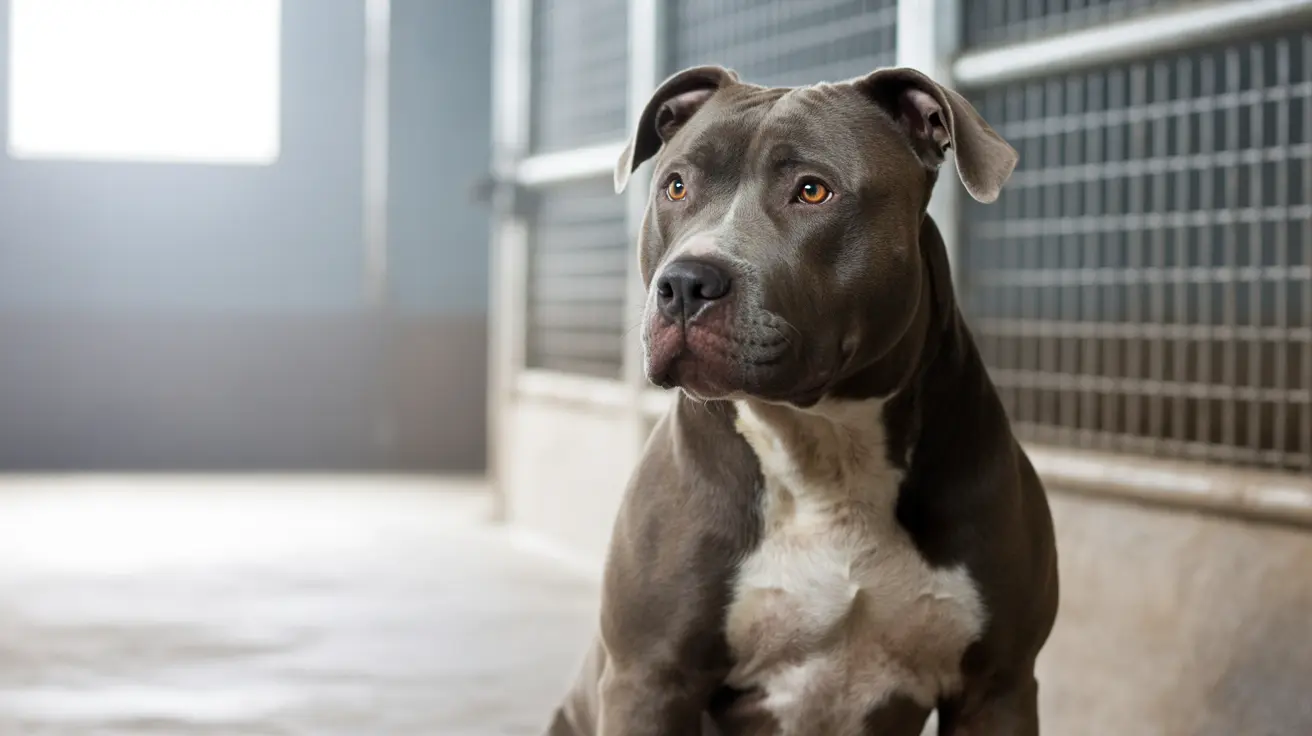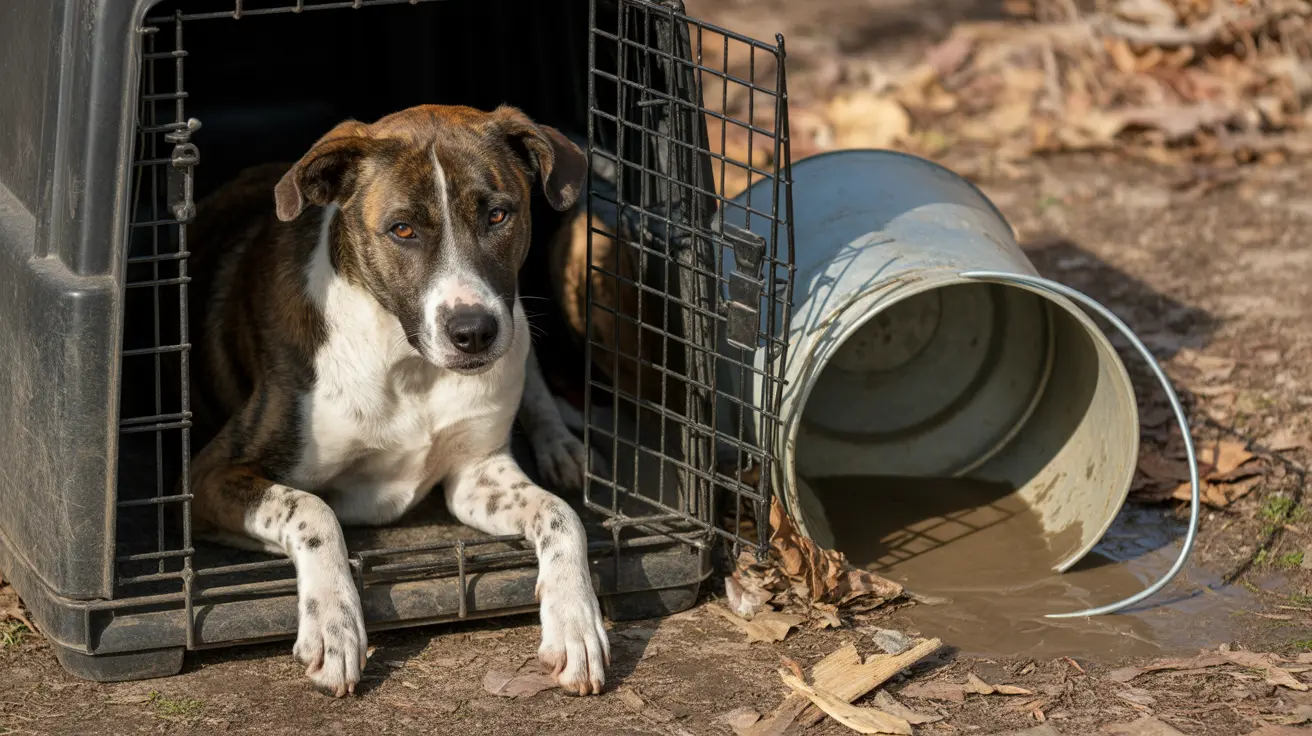The Akita Dog: A Majestic and Loyal Companion
The Akita dog stands out as one of the most impressive breeds in the canine world. With its striking appearance and steadfast nature, this breed has captured the hearts of many dog lovers. Let’s explore what makes the Akita so unique, from its origins to its temperament and care requirements.
Origins and History
The Akita hails from Japan, where it was originally bred for hunting large game such as bears, boars, and deer. Its strength and courage made it a favorite among Japanese nobility. Over time, the breed evolved into a symbol of protection, health, and happiness in Japanese culture.
- Originally used for hunting in mountainous regions.
- Became a status symbol among samurai and aristocrats.
- Regarded as a national treasure in Japan.
Physical Characteristics
The Akita is a large, robust dog with a commanding presence. Its dense double coat comes in various colors, including white, brindle, and red. The head is broad with small eyes and erect ears that give it an alert expression.
- Height: 24–28 inches at the shoulder
- Weight: 70–130 pounds
- Coat: Thick double layer; sheds heavily twice a year
The tail curls over the back—a signature trait that adds to the breed’s regal look.
Temperament and Personality
If you’re looking for a loyal companion, few breeds compare to the Akita. They form strong bonds with their families and are naturally protective. While affectionate with their people, they can be reserved or aloof with strangers.
- Loyalty: Fiercely devoted to family members
- Courage: Not easily intimidated; will defend loved ones if necessary
- Dignity: Calm and composed most of the time
This breed isn’t overly vocal but will bark to alert you if something’s amiss. Socialization from an early age helps ensure they’re well-mannered around guests and other animals.
Caring for an Akita
Owning an Akita comes with responsibilities. Their intelligence means they need mental stimulation along with physical exercise. Daily walks are essential—not just for fitness but also to satisfy their curiosity about the world.
- Exercise: At least one hour per day; enjoy activities like hiking or jogging
- Grooming: Regular brushing (especially during shedding seasons)
- Training: Consistent, positive reinforcement works best; early socialization crucial
A secure yard is recommended since Akitas have strong prey drives. They may not always get along with other dogs—especially those of the same sex—so supervision during playtime is wise.
Health Considerations
The breed is generally healthy but can be prone to certain conditions:
- Hip dysplasia
- Autoimmune disorders
- Bloat (gastric torsion)
Regular veterinary checkups help catch issues early. Feeding smaller meals throughout the day can reduce bloat risk.
The Akita as a Family Pet
An Akita thrives in homes where it can be part of daily life. They’re gentle with children they know but should always be supervised around young kids due to their size and strength. Early training ensures they understand boundaries—both inside and outside the home.
- Loves routine; adapts well to structured households
- Tends to be clean; often grooms itself like a cat
Famous Akitas
The story of Hachiko—the loyal Akita who waited years at a train station for his deceased owner—has become legendary worldwide. Statues honor Hachiko’s faithfulness in Japan, embodying the spirit of this remarkable breed.
Is an Akita Right for You?
If you value loyalty, dignity, and a touch of independence in your canine companion, the Akita might be your perfect match. Keep in mind their training needs and desire for companionship—they don’t like being left alone for long periods. With proper care and attention, these majestic dogs offer unwavering devotion that lasts a lifetime.





